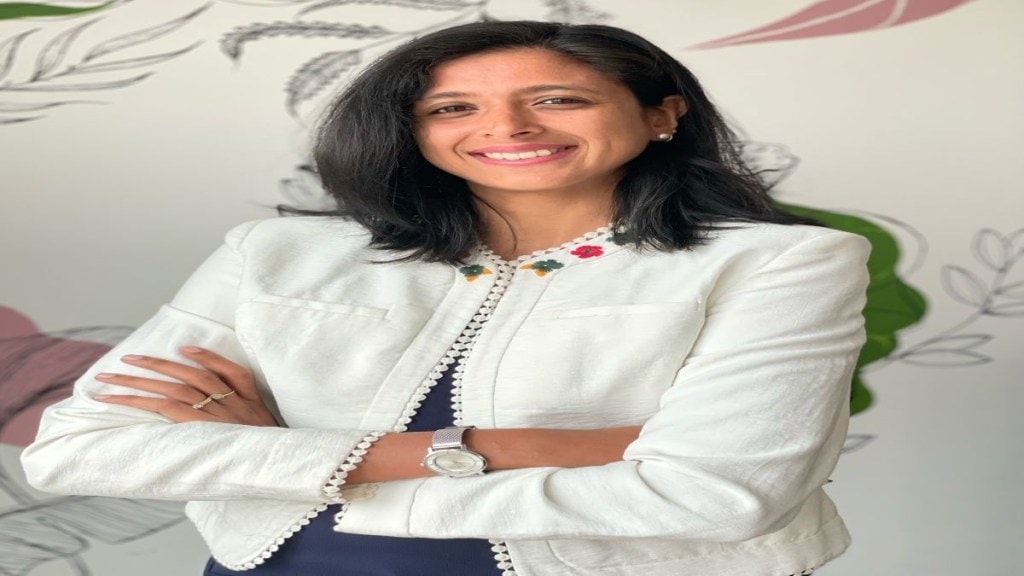By Krithika Radhakrishnan
We’re not here to debate one’s choices. We are all entitled to them, in fact some choices are simply non negotiable, led by dietary restrictions and if not complied with, can have catastrophic effects. The chef can be fired for serving traces of nuts to a nut intolerant diner, the lesser harm if you will. The diner’s life though hangs on a balance. Unnervingly, what if the chef thought they were complying because the packet read “nut-free”? Time and again we as consumers and me as a mother, brush it away and say, “I trust what I see (even if that’s an ‘add to cart’ kind of seeing!)”. How foolish.
The scale of food fraud is astounding
Actually I cannot see. I cannot see if it truly is organic as it claims to be and I so proudly pay a premium for. The mislabeling, misrepresenting food fraud ecosystem is operating at robust standards. The scale of one 2019 case of US fraud is astonishing; its tragedy can be read here. In summary more than 90% of 11,500,000 bushels of grain was falsely marketed as organic.The global pandemic has catalysed organic food consumption which is slated to hit $272.18 billion by 2027.
What are the laws in India to mark a food as organic ? The India Organic Certification is a label given to organic products after validation, which ensures that the product or raw materials used were grown through organic farming – without any chemical fertilisers, pesticides, or induced hormones. A trademark – “India Organic” is then granted on the basis of compliance with the National Standards for Organic Production (NSOP), according to PQCERT, an impartial certification body.
It appears the only glimmer of hope for a verifiable, trustable, transparent system can be found in Web3. Incorporating IoT and Blockchain in food production and transport, will empower us with irrevocable data.
Why blockchain?
Blockchain provides time-stamped, verifiable, unchangeable data. In an ideal world I hope to scan a QR code on my mango that tells me which farm it was harvested from, the time it took to reach the market, the temperature and humidity conditions it was exposed to along the way, batch codes along with expiry information, a timeline per say. Blockchain is the immutable ledger to keep track of it all.
Why IoT?
The harmonious interaction of sensors and actuators implemented on the farm and in warehouses can provide time-stamped audit trails regarding the conditions in which the crop/food was grown. Additional details such as knowing if the food comes from a diseased batch, if the pesticides that were used were of low grade or even spotting missing pieces of data in the life-cycle can prompt consumers to ask better questions thereby prompting the system to better itself.
Fraudulent suppliers can be flagged, compliant suppliers can be rewarded and consumers have the power to know and support this ecosystem. This can only be enabled by IoT built with blockchain technology. We are at the precipice of a food revolution 4.0, one that began in 2015 but is being propelled forward since the pandemic took the world by storm. As a consumer and mother, its fruition is much awaited.
The author is co- founder and CMO, Kandola Network
